After learning to defend the bandejas and viboras, here are some advices to understand how defend smashes. And you will see that it is not so simple.
The smash at padel are used more by intermediate-advanced players than by beginners. They can be hit very hard but also be varied with effects that complicate defense. In the end, the smash is used both to finish the point and to work on the defense of opponents.
And to avoid finding yourself in uncomfortable defensive positions, we have some tips: adapt and develop your position so that you can defend calmly.
Right-left-handed how does it work?
It is indeed a big concern for the defenders, to modify our defensive positions according to the adversaries that we have in front of us. To defend a smash, we will start based on logic, that is, a right-hander will be placed on the left and a left-hander will be placed on the right. From this situation, you can read the next chapter. If this logic is not respected, left-handed on the left or right-handed on the right, we invite you to read the article on the placement to defend the bandeja, because this positioning just in front of the line will be the most suitable.
How to place?
Before you place you will have to detect if the opponent on your diagonal is going to smash or not. Take a good look at its preparation because it is different from that of a bandeja-vibora. Once this is detected, you will cross the line and mark the resumption of support at the moment of impact, facing the player, low support, about one meter from the side wall, at the height of the separation between the glass and the grid. . Here you will be ready to defend.
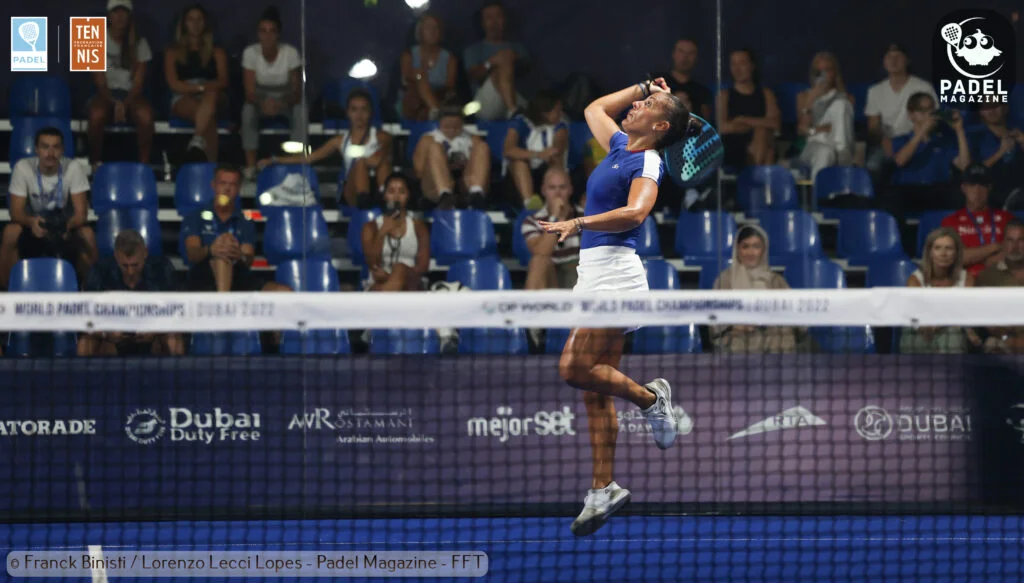
Which options?
Opponents have several possible smash options and this position allows you to save most of them:
- the grid smash. With this placement you can either avoid the gate rebound because you will be very close to it, or you can move away from it to play after rebound or even leave the ball to your partner.
- the smash to the side window. Several options too. You are on the trajectory of the ball, so you can block it with a volley or half-volley or let it pass for a counter-window after rebounding on the side or accompany by turning on yourself to play a window exit from bottom.
- the smash to the bottom window which then comes to the side. In this case, if you do not move, the ball will come towards you, on you, and you will not be able to play it correctly. So you're going to separate from the side wall, spin around to play a backhand for a left-handed right-hander, a backhand for a right-handed left-hander, or a forehand for a right-handed right-hander who gets smashed by a lefty. You will notice that after making your shot, you will end up well placed in the center of the lane.
- the par 3. In this case you will be closer to the exit because you will have already gained a few meters.
- the smash hit hard in the center. A bit like for the par 3, with this placement you will have already saved time. The advice would be during your race, to keep your back to the grid to finish parallel to the net which will prevent you from jumping and touching the net and making the mistake.
- the dying smash in the center. It's the pretense. We make you believe that we are going to hit and then the ball dies before or just after the rebound on the back glass. Two options are available to you: either you will defend with a counter-glass, or you leave it to your partner to defend this ball.
One position to defend everything
We told you, the padel is a positional game. The better you are placed, the better you will manage situations, the less you will run, and the better you will play. Adopting this position during a smash will certainly take you a little time, but will bring you a large number of solutions, and even possibilities of counter-attack, the class! Let's go!
Julien Bondia is a teacher of padel in Tenerife (Spain). Columnist and advisor, he helps you play better through his tutorials and tactical/technical articles padel.




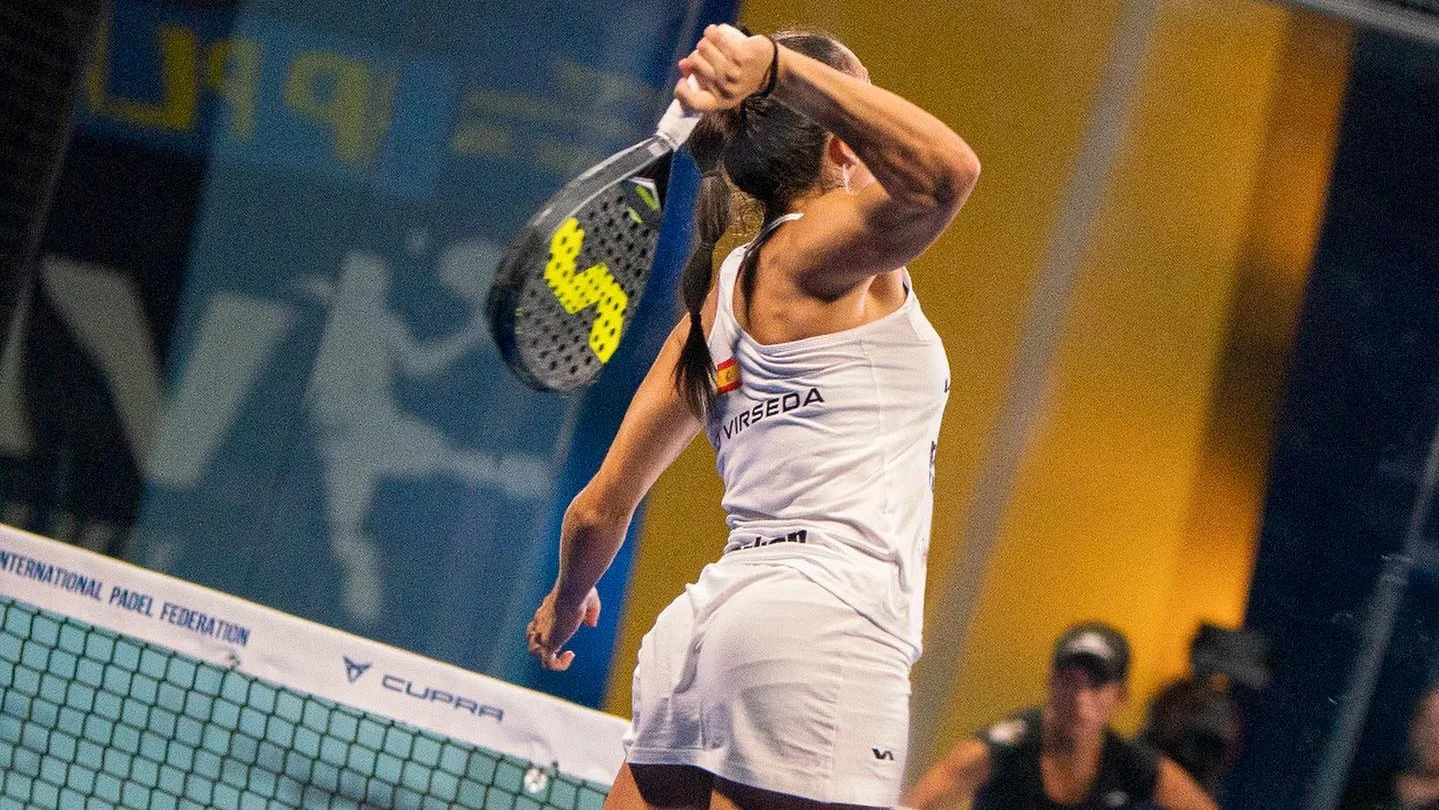






































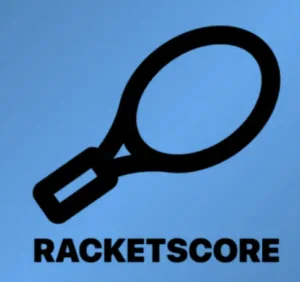



















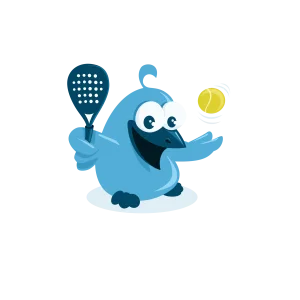


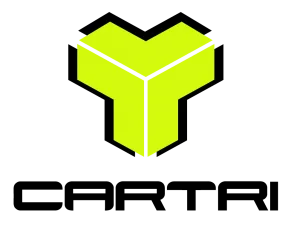



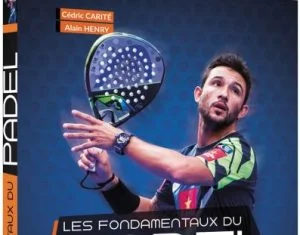




















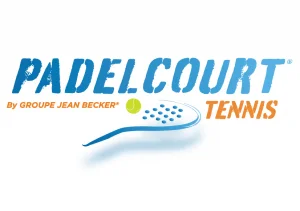




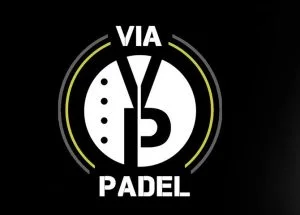




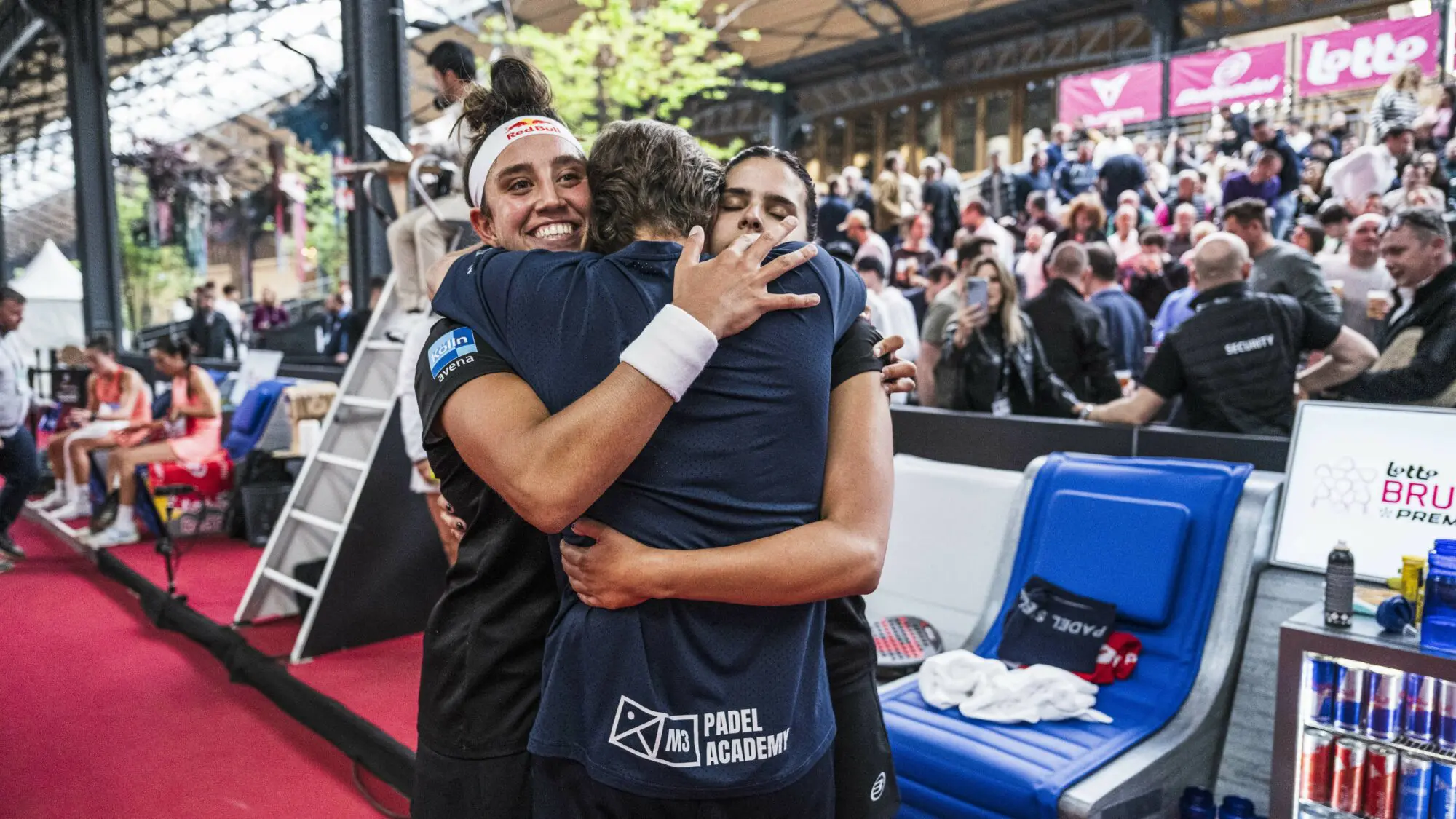 Premier Padel Brussels P2 – Brea/Gonzalez wins the arm wrestling against Salazar/Icardo
Premier Padel Brussels P2 – Brea/Gonzalez wins the arm wrestling against Salazar/Icardo Unusual – Sanyo Gutierrez and Maxi Sanchez suffered in Brussels
Unusual – Sanyo Gutierrez and Maxi Sanchez suffered in Brussels FIP Promotion Sharjah – More French people in the United Arab Emirates
FIP Promotion Sharjah – More French people in the United Arab Emirates Guillaume Codron de Sud Padel : “A family project”
Guillaume Codron de Sud Padel : “A family project” Nallé Grinda: “Democratize the padel in the USA with PadelX "
Nallé Grinda: “Democratize the padel in the USA with PadelX "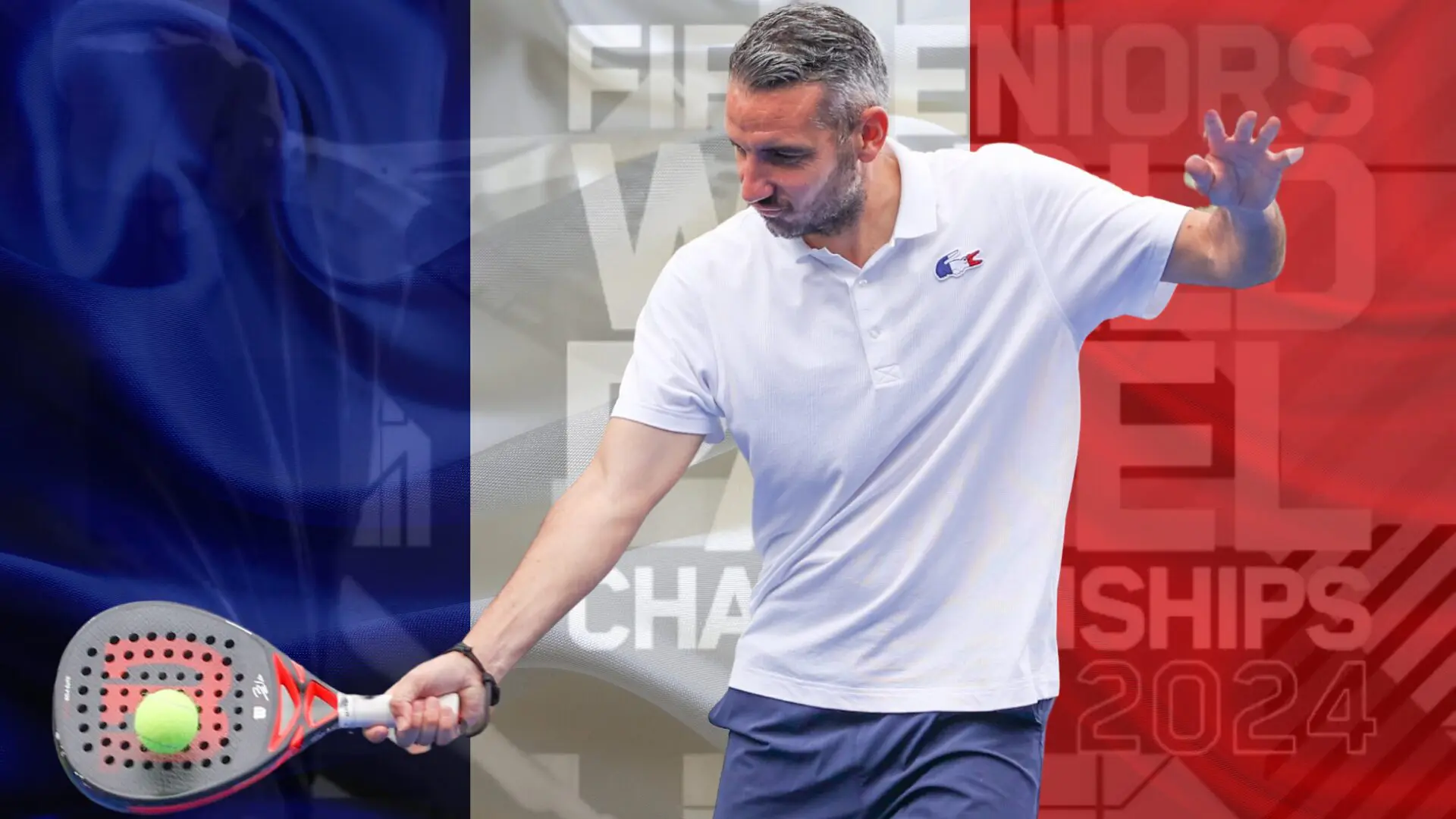 Simon Boissé: “We know that there are two nations in front of us”
Simon Boissé: “We know that there are two nations in front of us”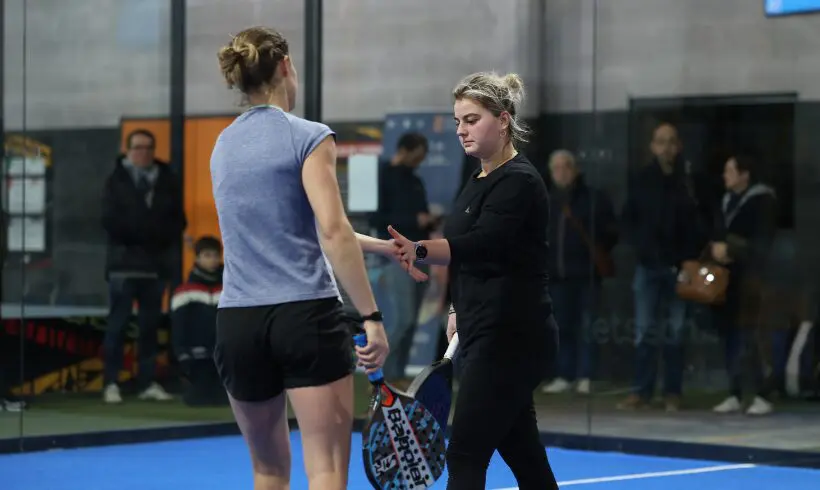 Marie Maligo: “This period of frequent changes of partners was beneficial for me”
Marie Maligo: “This period of frequent changes of partners was beneficial for me” The All Star Tour returns on May 16 at the All In in Lyon
The All Star Tour returns on May 16 at the All In in Lyon D-7 of the “BetClic Remontada Padel”, at the foot of the Eiffel Tower
D-7 of the “BetClic Remontada Padel”, at the foot of the Eiffel Tower Padel Score: an essential table for keeping score
Padel Score: an essential table for keeping score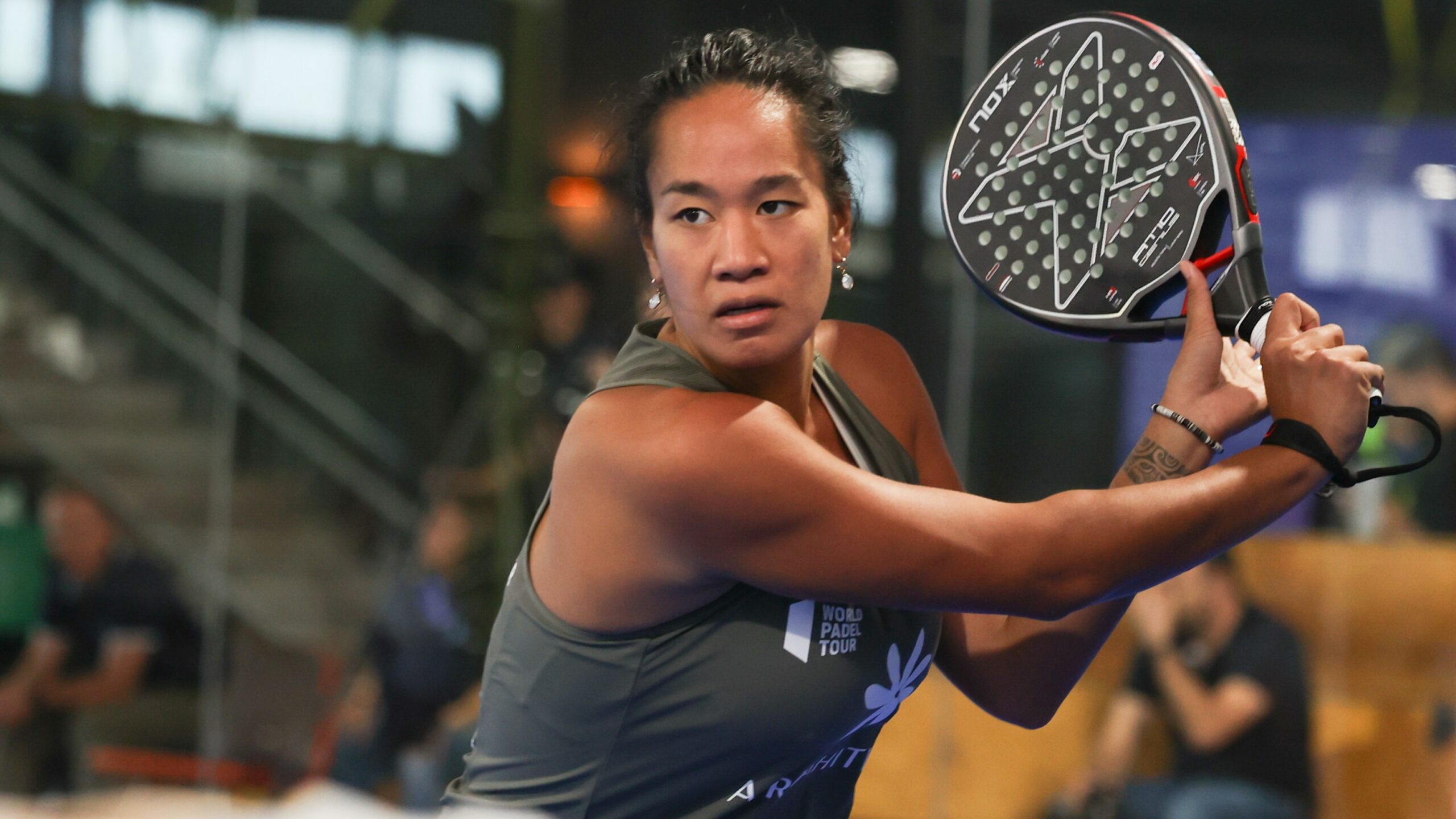 Léa Godallier makes her big return to the slopes this weekend
Léa Godallier makes her big return to the slopes this weekend Premier Padel Brussels P2 – Juan Lebron and Ale Galan together in Belgium?
Premier Padel Brussels P2 – Juan Lebron and Ale Galan together in Belgium?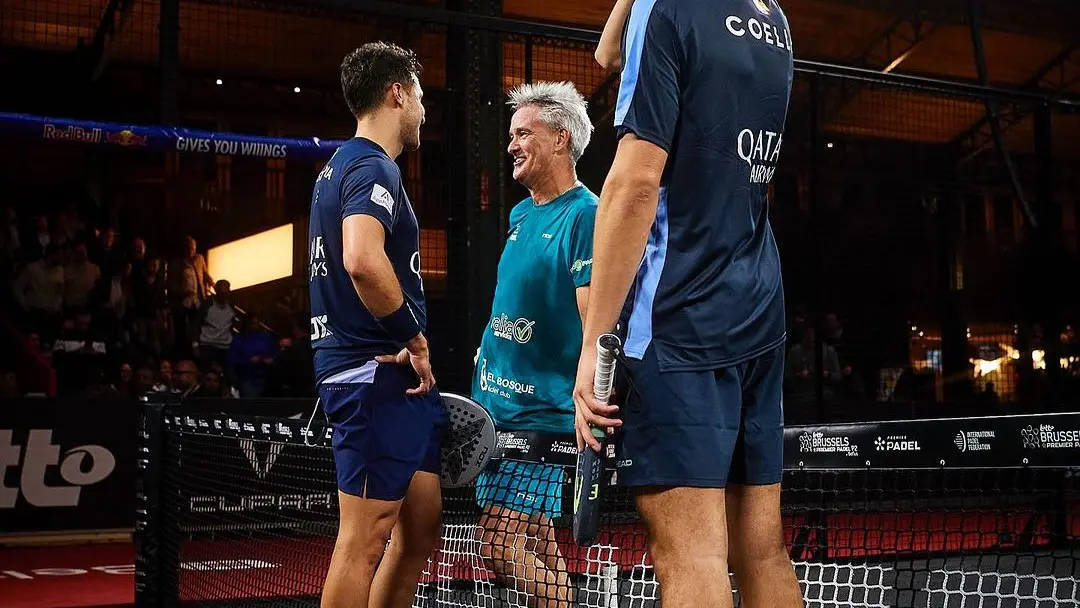 Agustin Tapia salutes the longevity of Miguel Lamperti
Agustin Tapia salutes the longevity of Miguel Lamperti José Manuel Escin at the inauguration of Casa Padel DOS: “Finally, and thank you!”
José Manuel Escin at the inauguration of Casa Padel DOS: “Finally, and thank you!” Padel Score comes to Tahiti for American Express Padel Cup!
Padel Score comes to Tahiti for American Express Padel Cup! Do you know the Rafa Nadal Academy Tour?
Do you know the Rafa Nadal Academy Tour?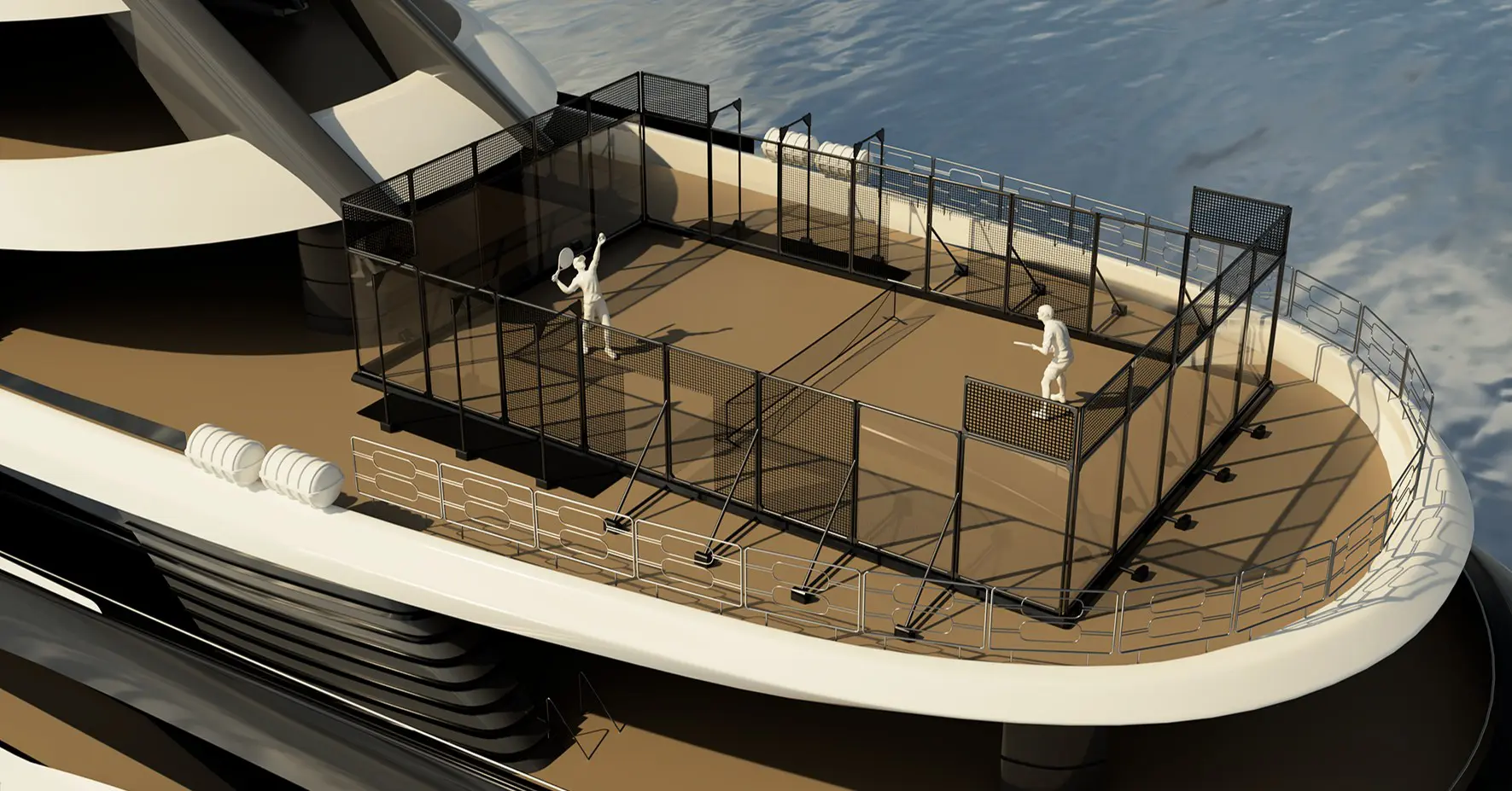 Play at padel on his yacht? Possible for €233.000!
Play at padel on his yacht? Possible for €233.000!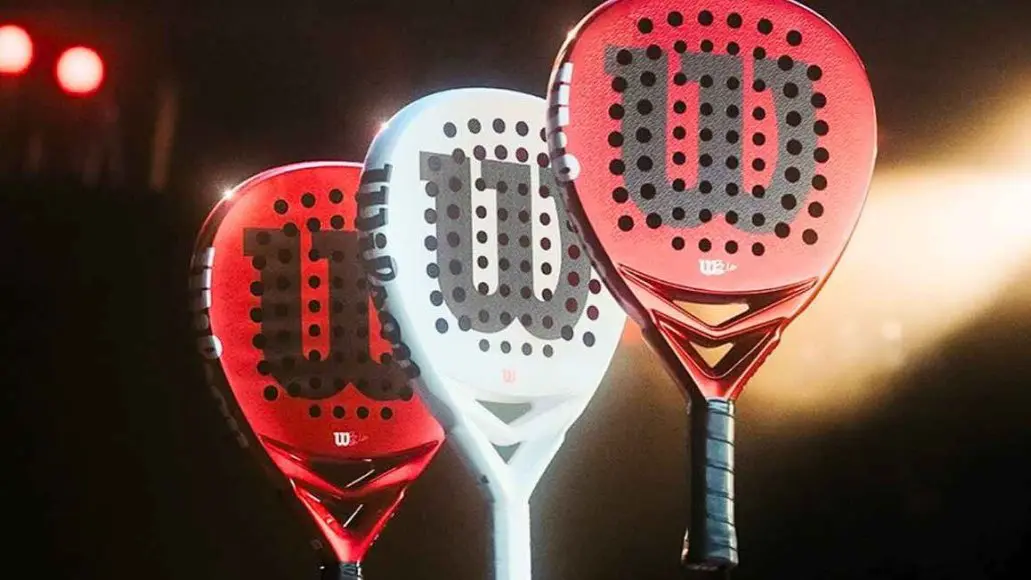 Presentation of the Wilson Bela V2.5 collection
Presentation of the Wilson Bela V2.5 collection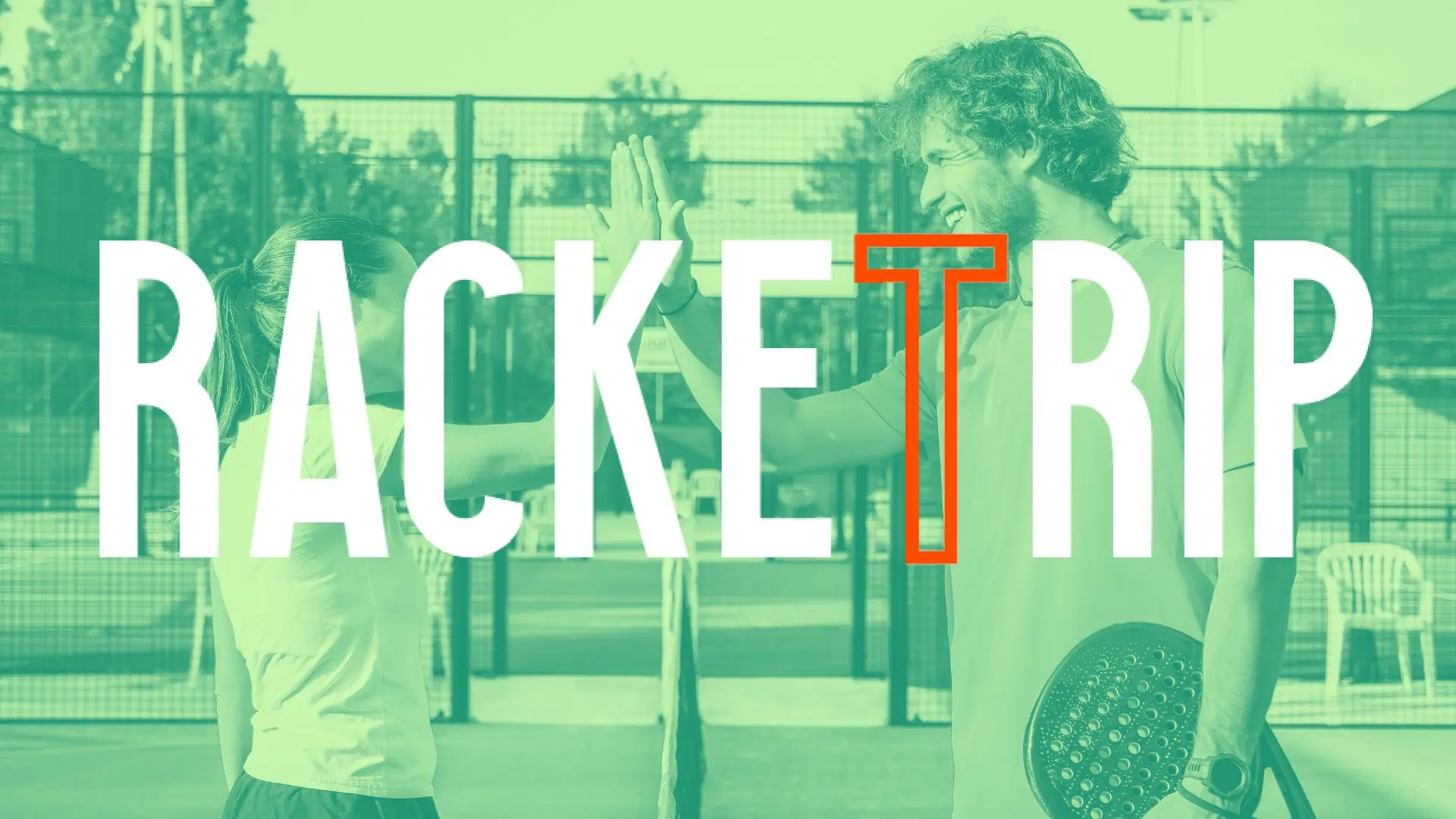 The LinkedIn of racquet sports: Racket Trip
The LinkedIn of racquet sports: Racket Trip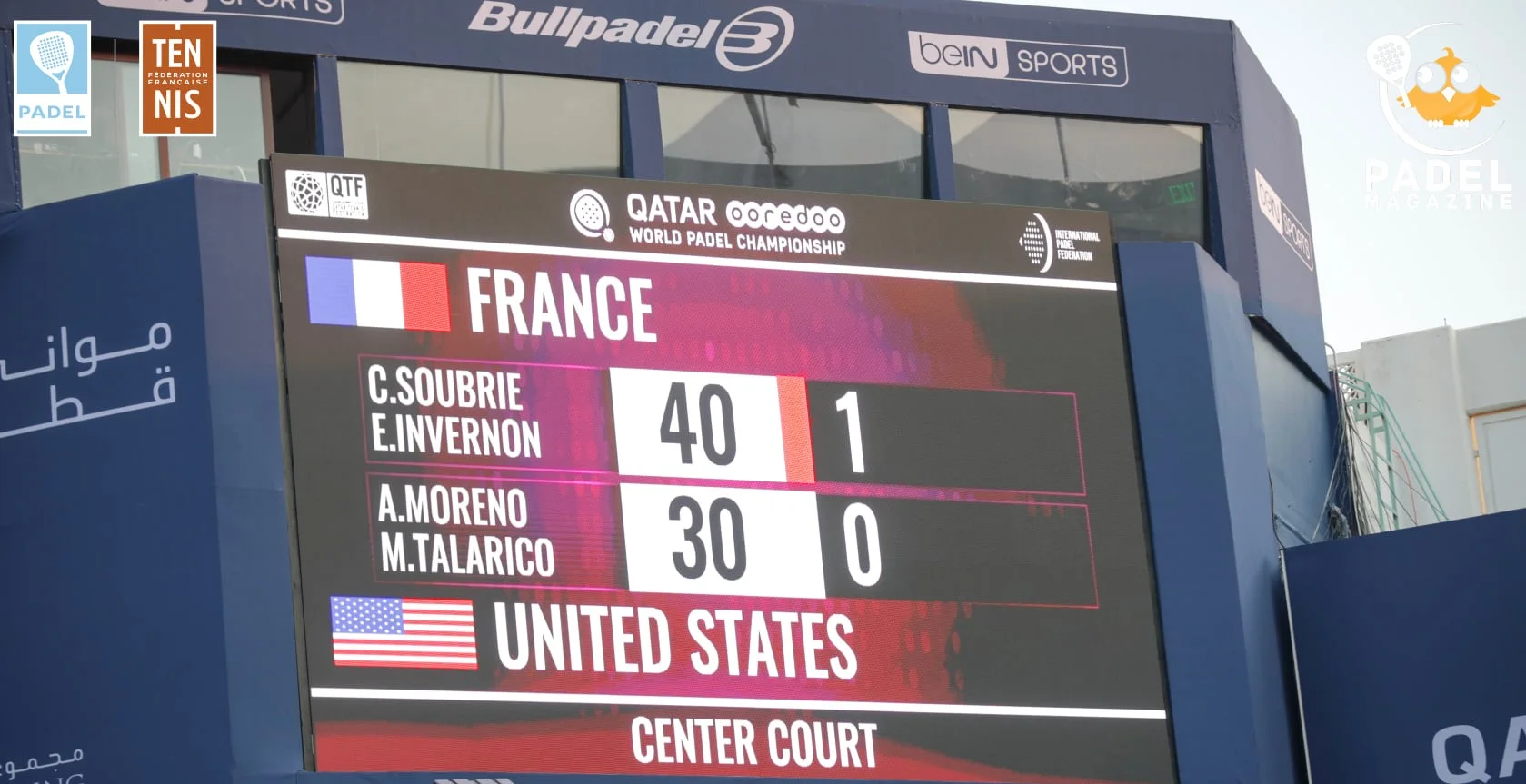 The score at padel : manual
The score at padel : manual Our Top 10 training courses padel in France and Europe
Our Top 10 training courses padel in France and Europe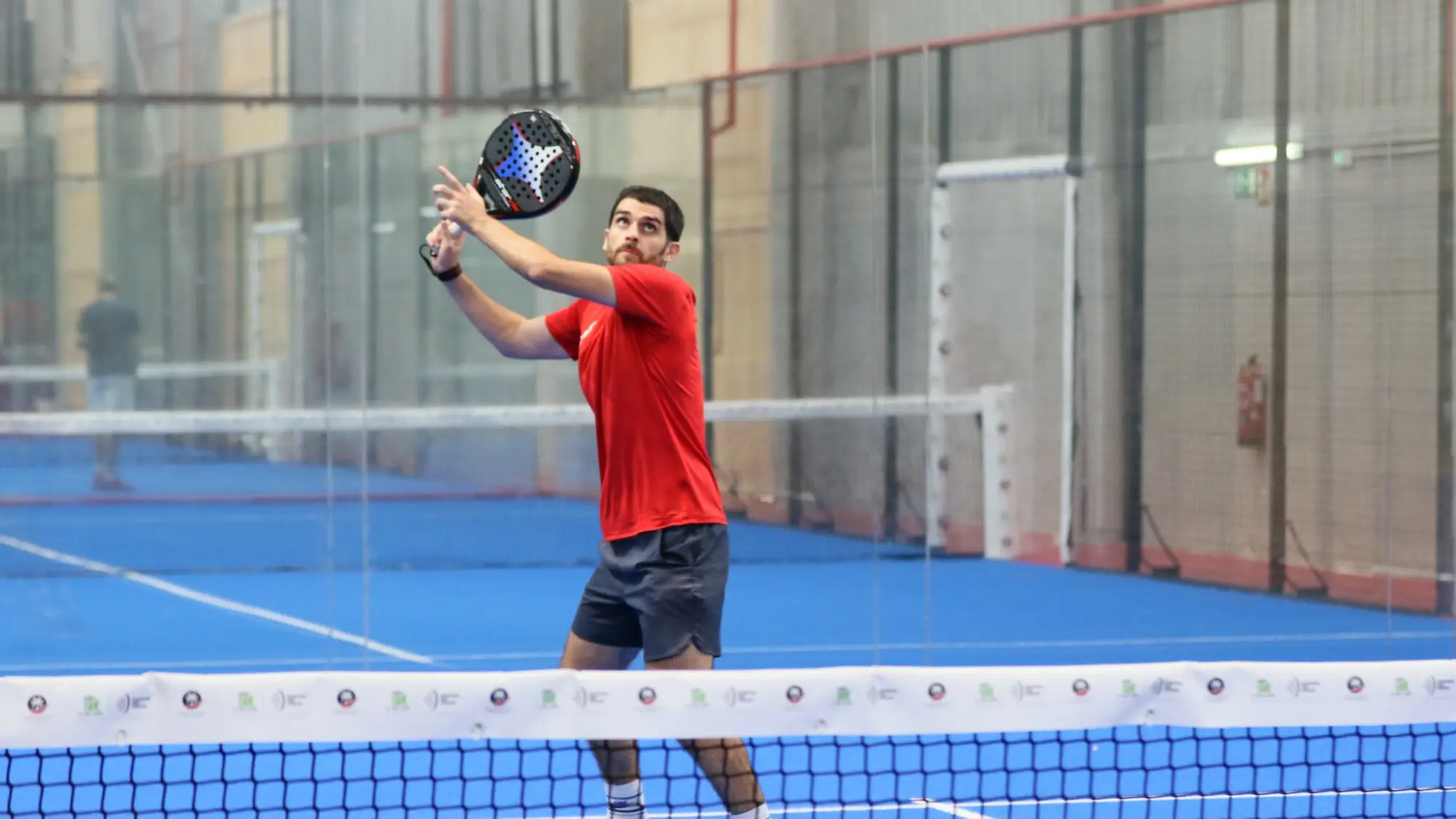 At the heart of padel – Episode 25: Paul and Andoni answer your questions
At the heart of padel – Episode 25: Paul and Andoni answer your questions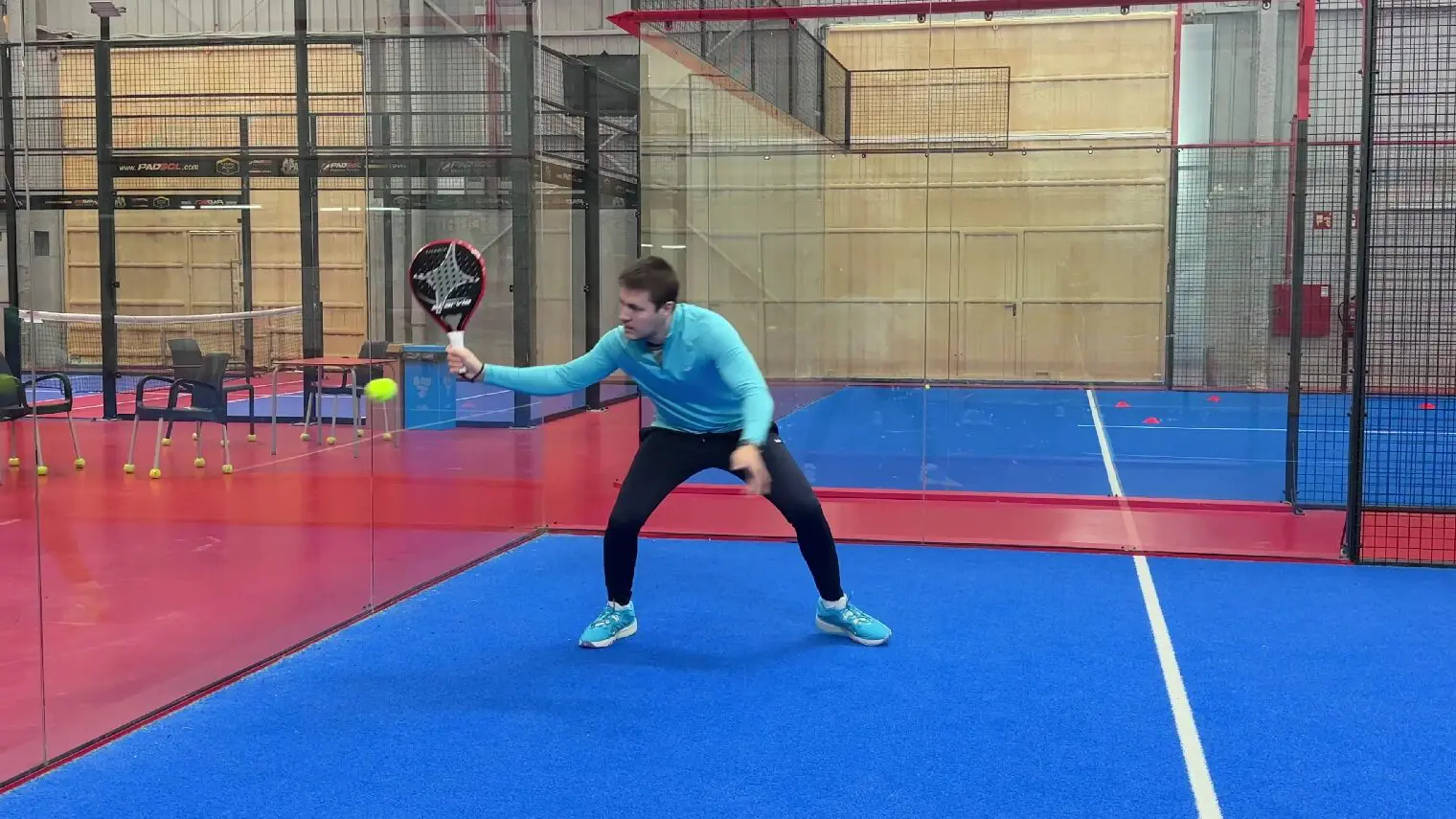 At the heart of padel – Episode 23: defend the window well
At the heart of padel – Episode 23: defend the window well Prohibition on playing topless Padel : the reasons
Prohibition on playing topless Padel : the reasons FIP Tour – Going far from Europe, THE strategy to earn points!
FIP Tour – Going far from Europe, THE strategy to earn points! What is a good football player? padel ?
What is a good football player? padel ? “Lefties give me headaches when I play against them!”
“Lefties give me headaches when I play against them!”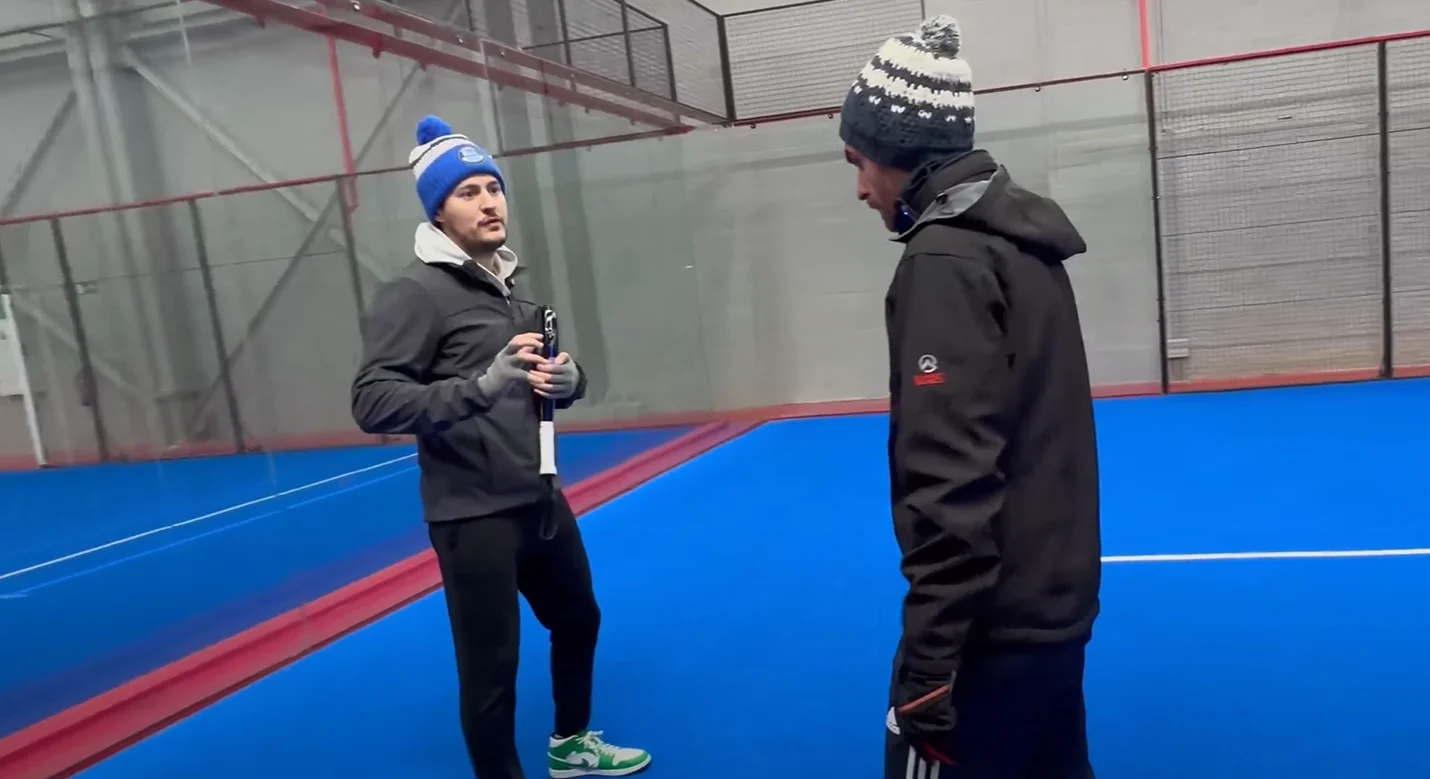 At the heart of padel – Episode 14: how to earn points in winter?
At the heart of padel – Episode 14: how to earn points in winter?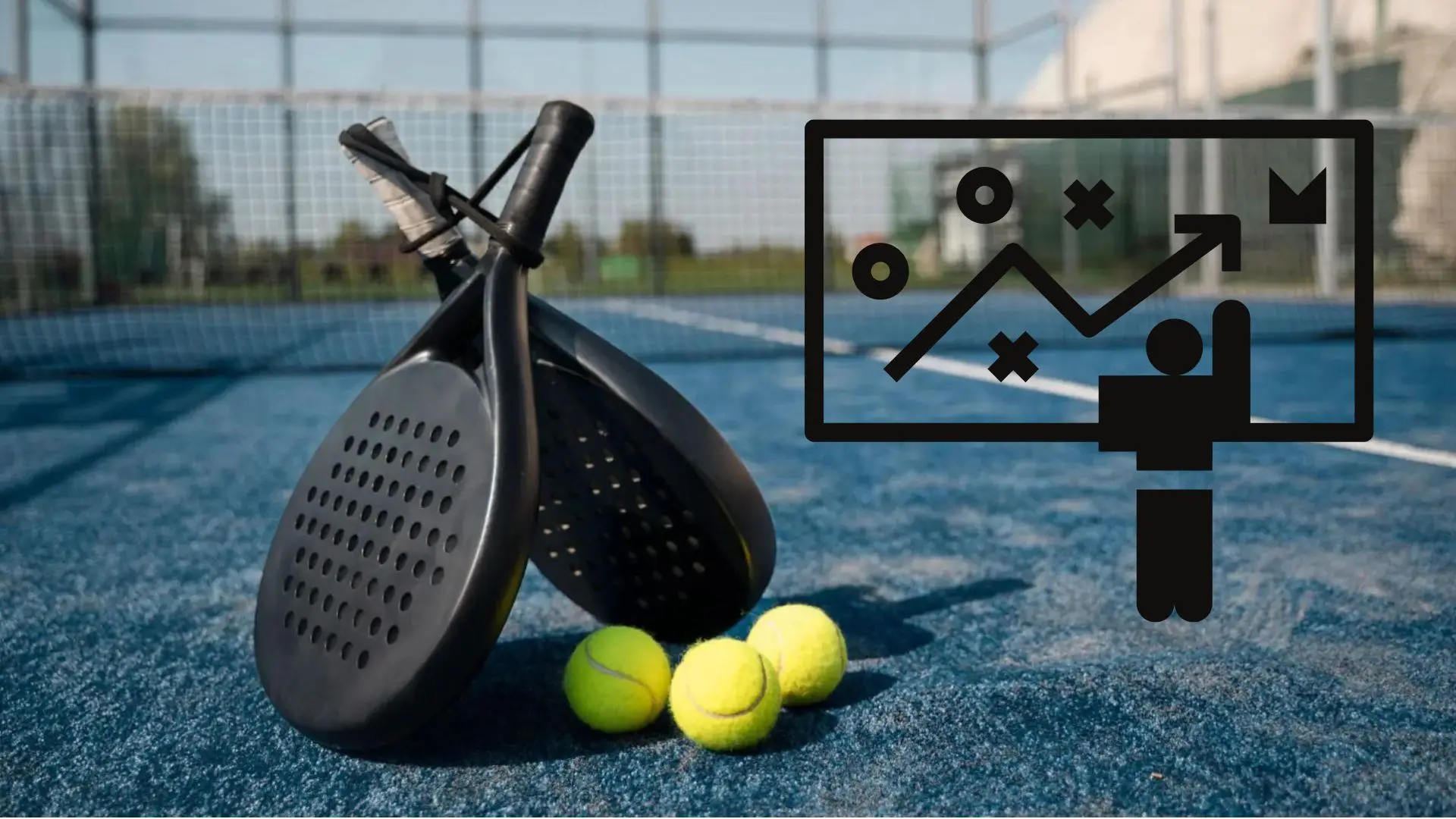 The basic tactics of padel
The basic tactics of padel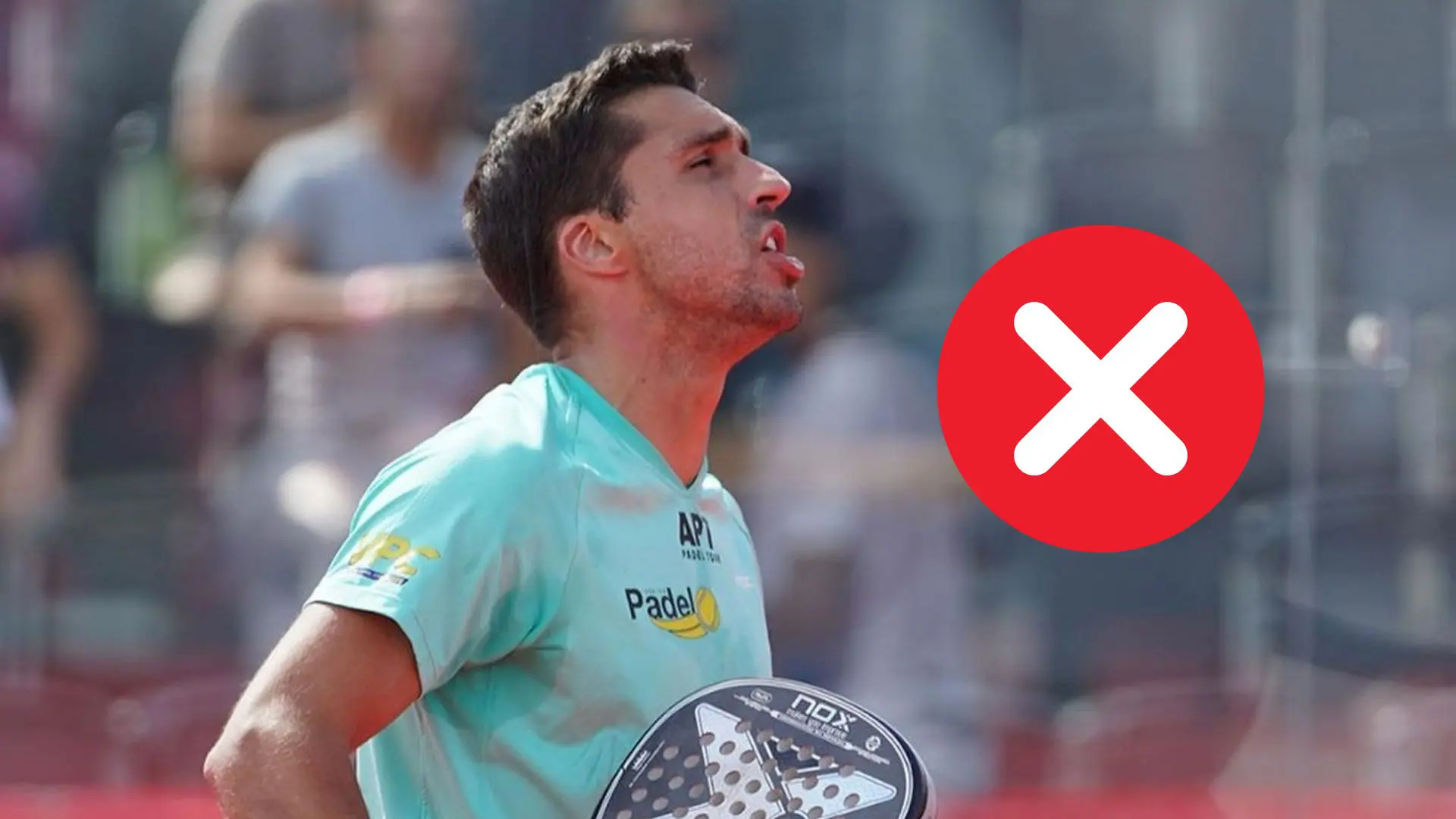 A par 4 is always a winner...even if you manage to defend it!
A par 4 is always a winner...even if you manage to defend it!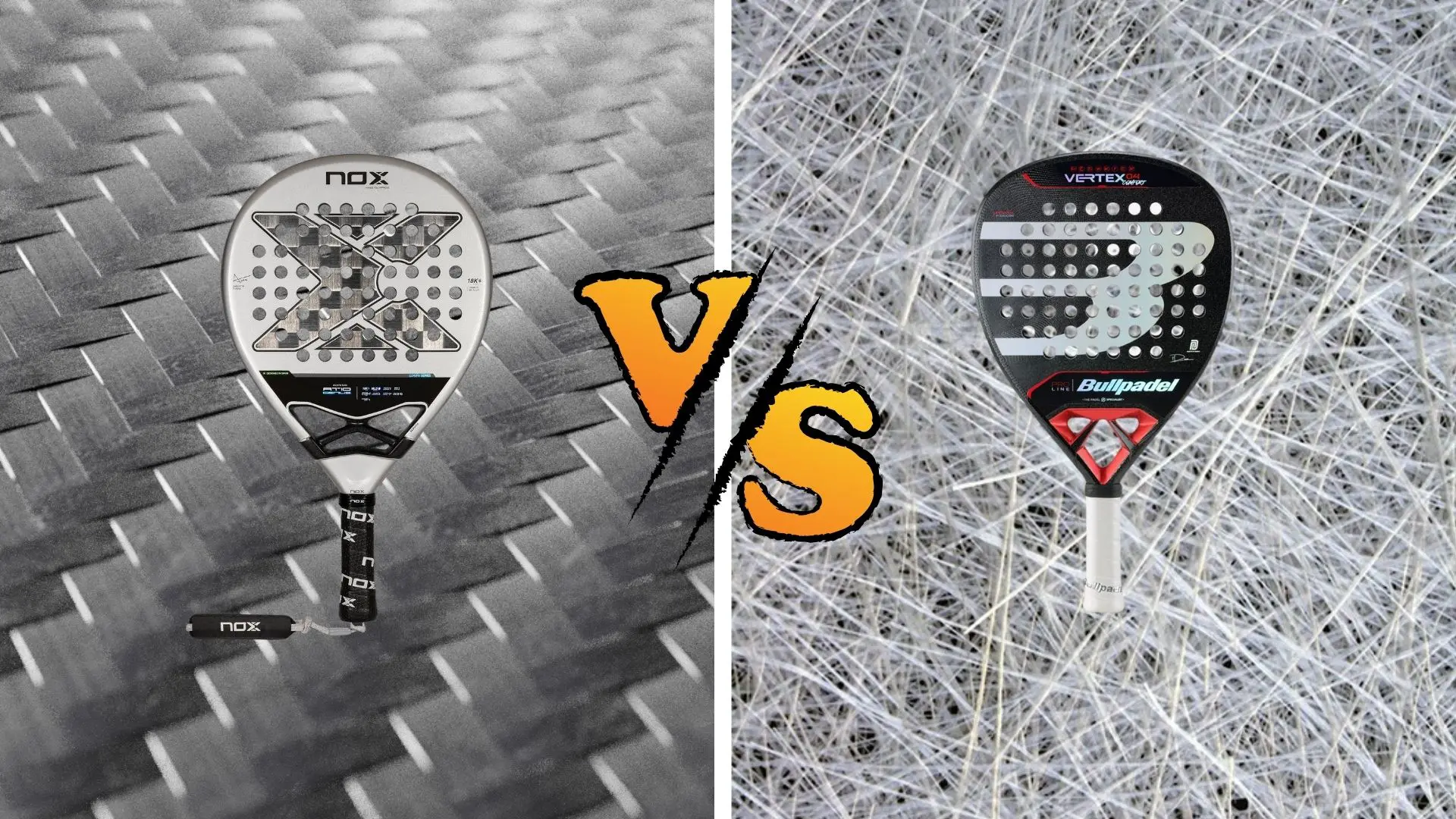 Carbon fiber VS fiberglass: what to choose?
Carbon fiber VS fiberglass: what to choose?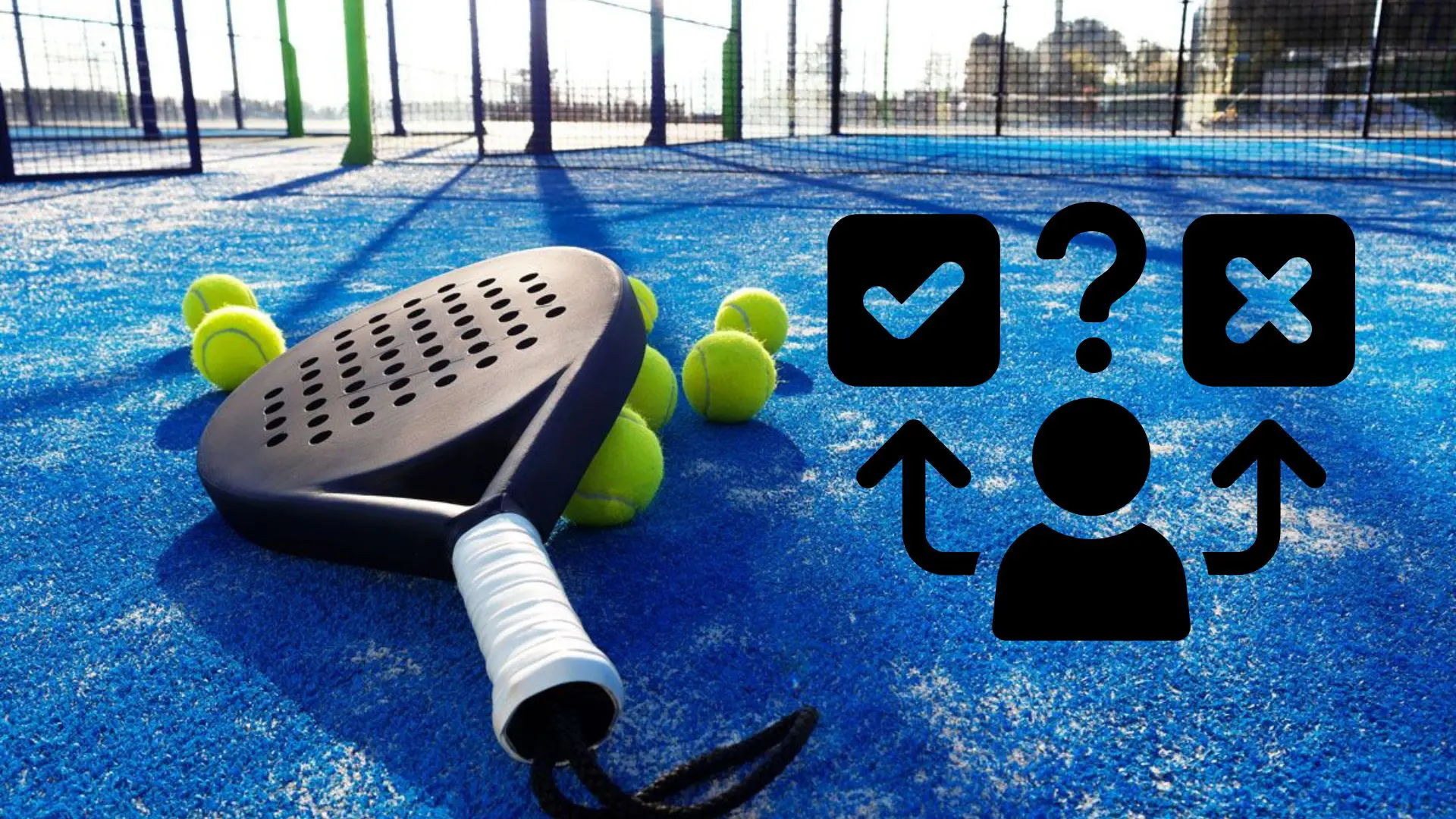 How to effectively test a racket padel ?
How to effectively test a racket padel ? La padel to fight Parkinson's disease
La padel to fight Parkinson's disease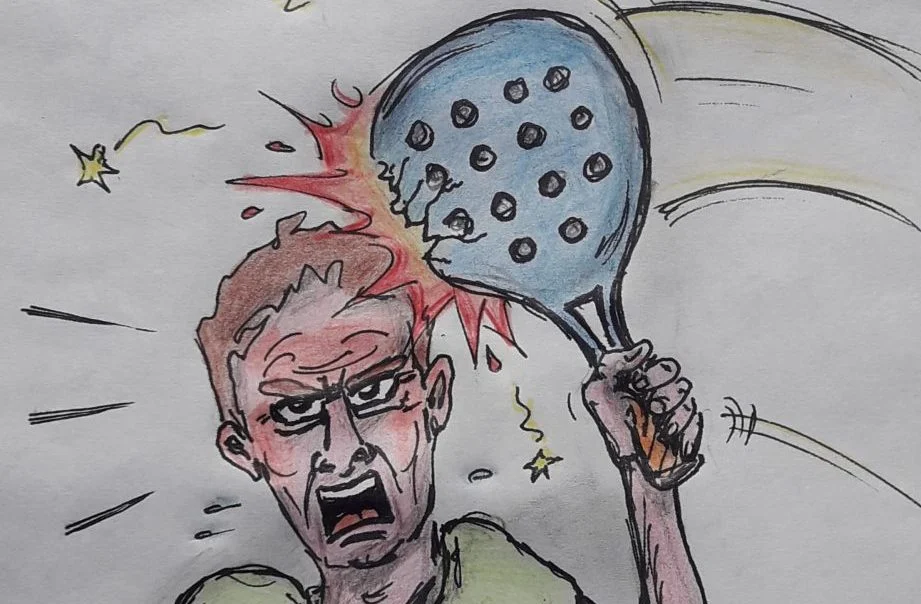 Don't play with a cracked or broken racket, your body will thank you!
Don't play with a cracked or broken racket, your body will thank you! Michel Cymes: “The padel, physically, it’s serious!”
Michel Cymes: “The padel, physically, it’s serious!” Jeremy Gala: “Promote the padel among young people in Belgium remains a challenge”
Jeremy Gala: “Promote the padel among young people in Belgium remains a challenge” The French Touch Academy organizes its selection day Padel-Study
The French Touch Academy organizes its selection day Padel-Study Report on the detection and training of younger generations
Report on the detection and training of younger generations